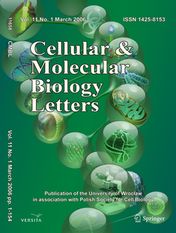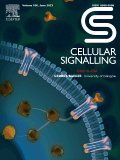
“Stressful events can generate emotional memories linked to the traumatic incident, but they also can impair the formation of nonemotional memories. Although the impact of stress on emotional memories is well studied, much less is known about the influence of the emotional state on the formation of nonemotional memories.
We used the novel object-recognition task as a model of nonemotional memory in mice to investigate the underlying mechanism of the deleterious effect of stress on memory consolidation.
Systemic, hippocampal, and peripheral blockade of cannabinoid type-1 (CB1) receptors abolished the stress-induced memory impairment. Genetic deletion and rescue of CB1 receptors in specific cell types revealed that the CB1 receptor population specifically in dopamine β-hydroxylase (DBH)-expressing cells is both necessary and sufficient for stress-induced impairment of memory consolidation, but CB1 receptors present in other neuronal populations are not involved.
Strikingly, pharmacological manipulations in mice expressing CB1 receptors exclusively in DBH+ cells revealed that both hippocampal and peripheral receptors mediate the impact of stress on memory consolidation.
Thus, CB1 receptors on adrenergic and noradrenergic cells provide previously unrecognized cross-talk between central and peripheral mechanisms in the stress-dependent regulation of nonemotional memory consolidation, suggesting new potential avenues for the treatment of cognitive aspects on stress-related disorders.”








